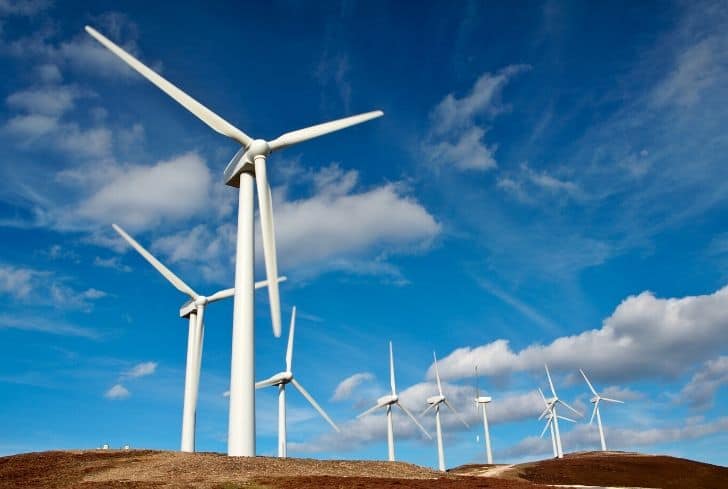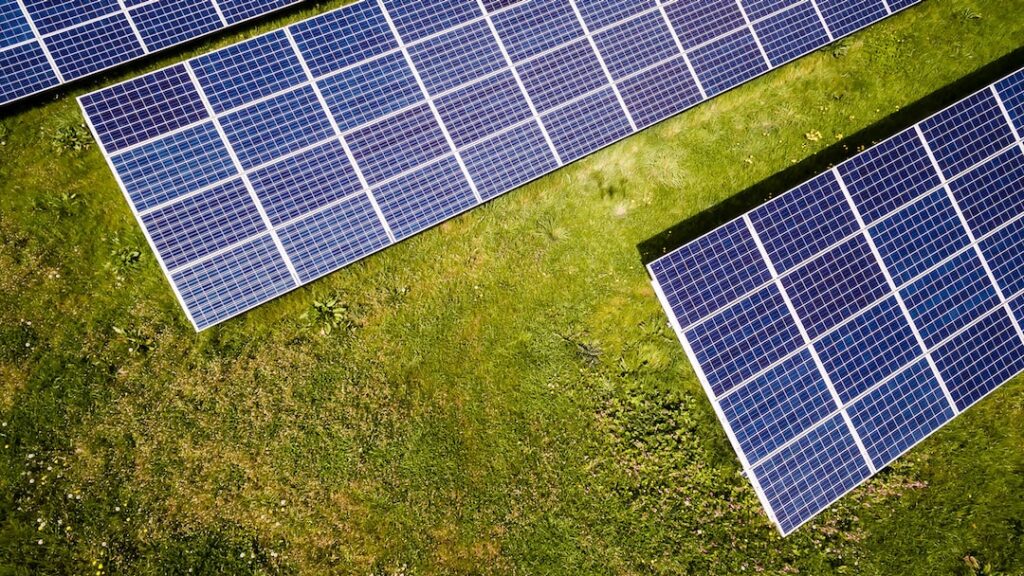Businesses are increasingly looking for ways to reduce their carbon footprint and become more sustainable. One way to do this is by implementing commercial energy sustainability solutions that can help save money, improve efficiency, and benefit the environment.
From energy efficiency solutions such as LED lighting upgrades to renewable energy sources like solar panels, there are a variety of commercial energy sustainability solutions that can help businesses achieve their corporate sustainability goals.
To get started on your journey towards increased environmental responsibility, here’s a look at some of the best sustainable workplace practices you can use to reduce carbon emissions while saving money in the process!
Table of Contents
Commercial Energy Sustainability Solutions
Energy efficiency solutions are a great way to reduce carbon emissions in the workplace.
Lighting upgrades can be one of the most cost-effective ways to reduce energy consumption and save money on electricity bills.
Replacing old lighting fixtures with LED bulbs or installing motion sensors that turn off lights when no one is present can significantly lower energy usage.
HVAC system upgrades, such as replacing outdated equipment with more efficient models, can also help reduce energy costs while providing better air quality for employees.
Building automation systems are another option for reducing energy use by controlling temperature, ventilation, and other environmental factors in an automated manner.
Another effective way to reduce carbon emissions is through renewable energy solutions like solar panels and wind turbines.
Installing solar panels on rooftops or other areas of your building will generate clean electricity from the sun’s rays while helping you cut down on utility bills at the same time.
Wind turbines are also a viable option if you have access to consistent winds. They generate power without any pollution associated with traditional sources of electricity generation.
Geothermal systems provide an even cleaner source of renewable energy by utilizing heat stored beneath the earth’s surface to produce power with minimal environmental impact.

(Source)
Why Aren’t More Companies Using Renewable Energy?
Despite the numerous benefits of renewable energy, many companies are still hesitant to make the switch. This is due in part to a lack of knowledge and understanding about how renewable energy works, as well as concerns over cost and reliability.
For starters, some companies may not be aware that renewable energy sources such as solar or wind can provide reliable power for their operations.
In fact, advances in technology have made it possible for these sources to produce electricity with greater consistency than ever before.
Thanks to tax credits and other incentives from local governments, switching to renewables can often result in lower operating costs compared to traditional fossil fuels like coal or natural gas.
Another potential barrier is a fear of disruption during the transition period from one source of energy to another. Companies may worry that they won’t be able to keep up with demand if there are any delays or hiccups along the way.
However, most reputable providers offer comprehensive support services throughout this process so businesses don’t have anything major to worry about here either.
Finally, some organizations might simply not know where or how to start exploring their options around renewable energy sources and technologies.
Fortunately, there are plenty of resources out there—from government agencies all the way down to private sector consultants—that can help guide companies through this process.
Water Conservation Solutions
Water conservation is an important part of reducing carbon emissions in the workplace. Low-flow fixtures and appliances, rainwater harvesting systems, and greywater recycling systems are all great ways to conserve water and reduce your environmental impact.
Low-Flow Fixtures and Appliances
Low-flow fixtures such as toilets, showerheads, faucets, dishwashers, and washing machines can help reduce water usage significantly. These fixtures use less water than traditional models while still providing the same level of performance. Replacing old plumbing with low-flow options can save hundreds or even thousands of gallons of water each year!
Rainwater Harvesting Systems
Rainwater harvesting systems capture rainfall from rooftops or other surfaces for reuse in irrigation or other applications that don’t require potable quality water. This helps to offset municipal water usage by utilizing a natural resource that would otherwise be wasted. Additionally, it reduces storm runoff which helps protect local waterways from pollutants like fertilizers and pesticides that may be present on hard surfaces like driveways or sidewalks.
Greywater Recycling Systems
Greywater recycling systems filter wastewater from showers, sinks, and laundry machines so it can be reused for nonpotable purposes such as flushing toilets or irrigating plants/lawns/gardens. By reusing this wastewater instead of sending it down the drain, you are helping to conserve precious resources while also reducing your environmental footprint!
Waste Reduction Solutions
Waste reduction solutions are a great way to reduce carbon emissions in the workplace.
Recycling programs can help to reduce waste by encouraging employees to separate their recyclable materials from non-recyclables. Companies can also provide bins for collecting these items or even set up an onsite recycling center.
Additionally, businesses should make sure that all of their packaging materials are reusable or recyclable.
Composting programs are another great way to reduce waste. Composting is a process where organic material is broken down into nutrient-rich soil which can be used for gardening or landscaping projects. Businesses can set up compost bins at various locations around the office so that employees have easy access when disposing of food scraps and other organic materials.
Companies should look into purchasing durable products such as water bottles made out of stainless steel or bamboo cutlery sets instead of opting for disposable alternatives every time they need something new. This will help them save money while still being environmentally conscious at the same time.
Reusable products and packaging materials are essential for reducing carbon emissions in any workplace setting, as they eliminate the need for single-use plastics which take centuries to decompose naturally in landfills if not recycled properly first.
Furthermore, businesses should opt for biodegradable packaging whenever possible, as it breaks down much faster than traditional plastic options.
Transportation Solutions
Transportation solutions are a great way to reduce carbon emissions in the workplace. Carpooling programs and share-riding initiatives reduce the number of cars on the road and cut down on fuel consumption. Companies can offer incentives such as discounted parking or free transit passes for those who participate in carpooling.
Electric vehicle charging stations provide an alternative to gasoline-powered vehicles, allowing employees to charge their electric vehicles at work instead of having to find a public charging station.
Bicycle-sharing programs allow employees access to bicycles for short trips around town or even commuting from home. These programs often include bike racks where people can lock up their bikes while they’re at work, eliminating the need for them to bring their own bikes with them each day.
Conclusion
Commercial energy sustainability solutions are essential for businesses to reduce their carbon emissions and create a more sustainable workplace. From investing in efficient HVAC systems to minimizing waste with recycling programs and composting initiatives, there are many ways that businesses can make positive changes toward creating a greener future.
With the right combination of these strategies, companies can significantly reduce their environmental impact while still achieving their business goals.





